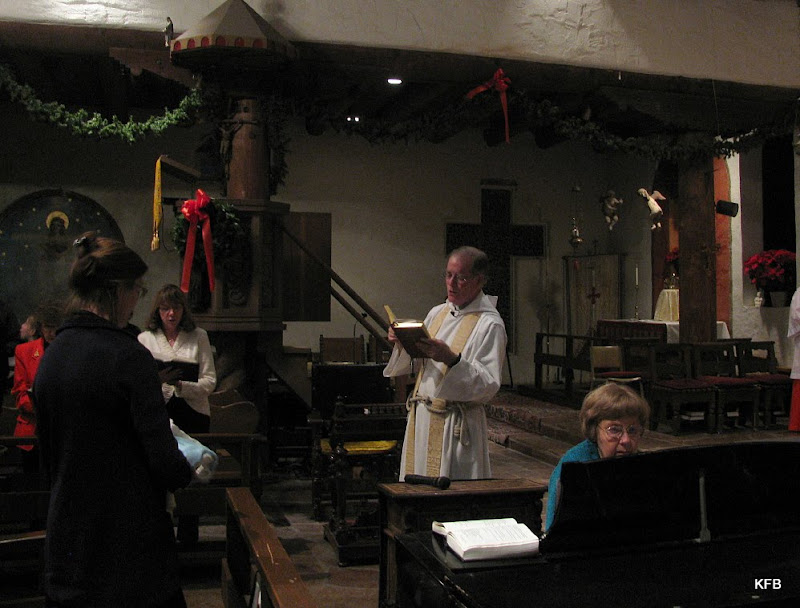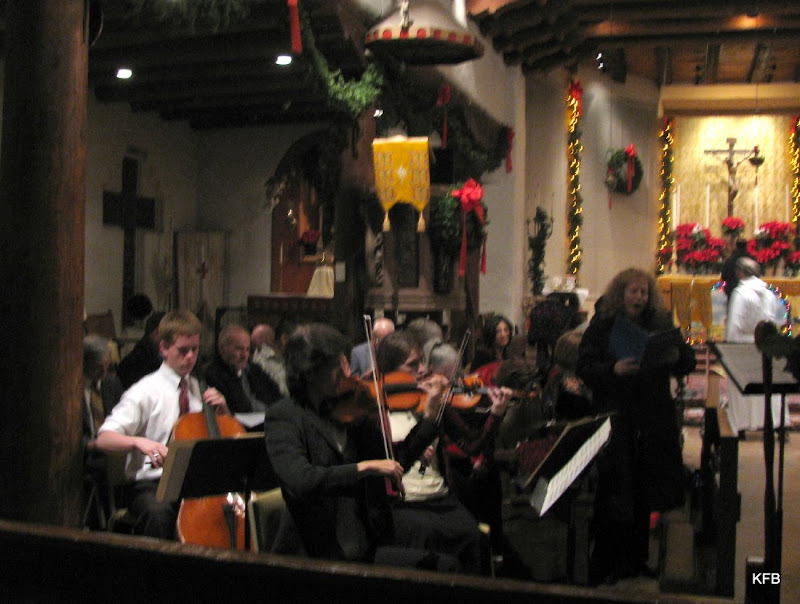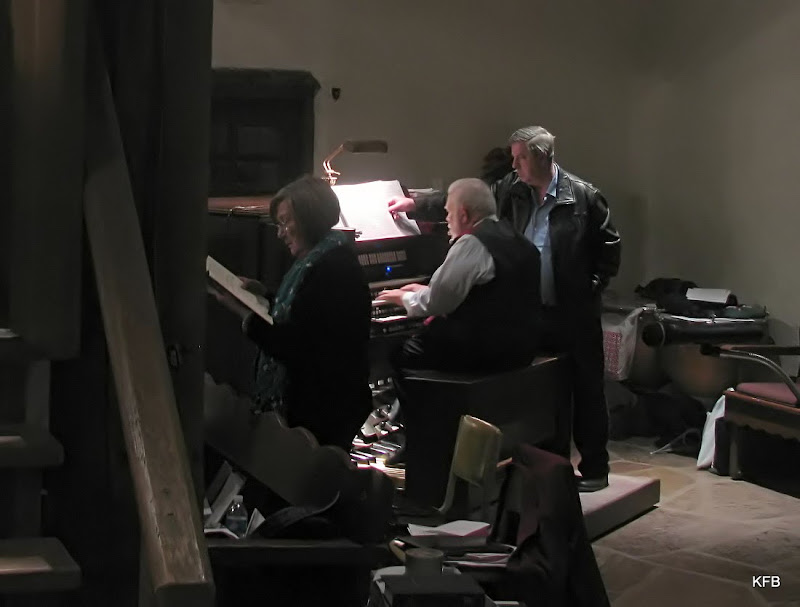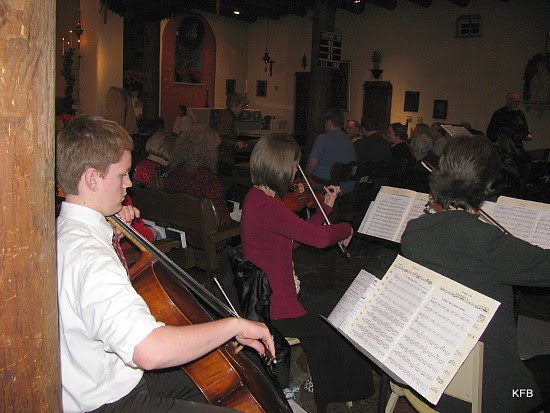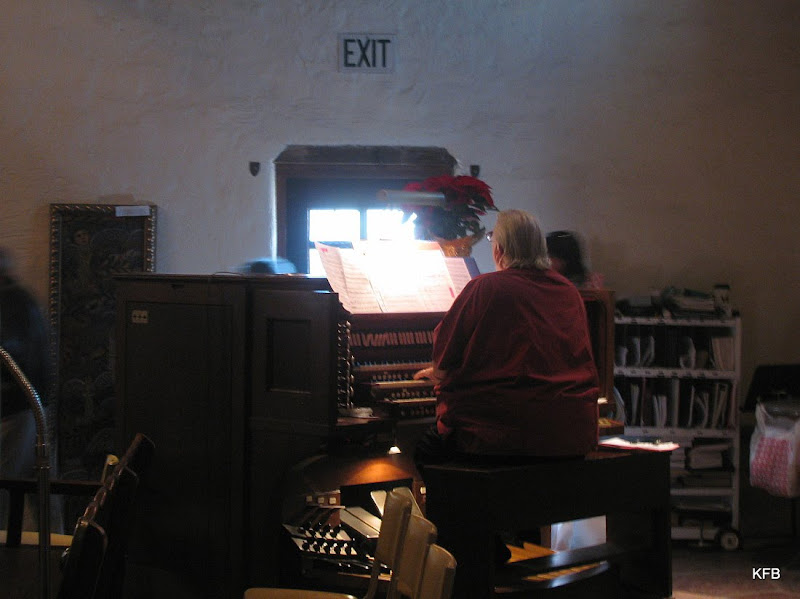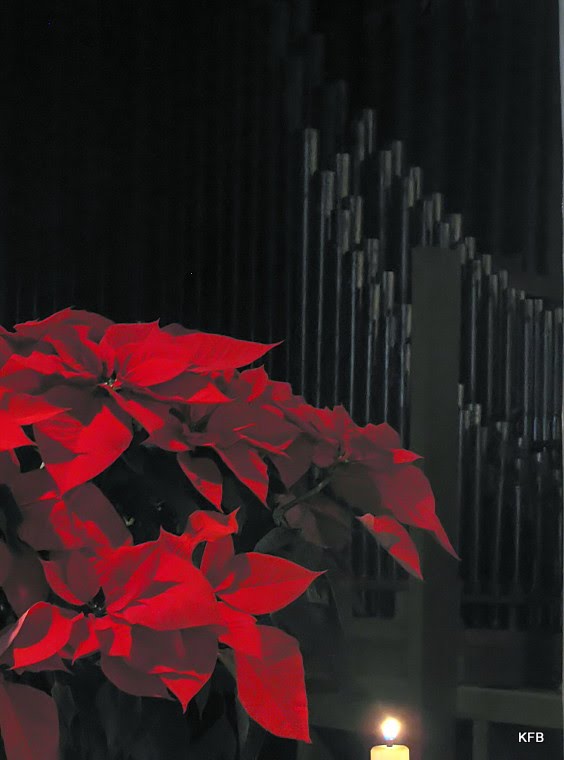Meditation
for Good Friday, 2014
St.
Michael and All Angels Episcopal Church
By
Karen Funk Blocher
Matthew 27:45-47 (NRSV): 45 From noon on,
darkness came over the whole land until three in the afternoon. 46 And about
three o’clock Jesus cried with a loud voice, “Eli, Eli, lema sabachthani?” that
is, “My God, my God, why have you forsaken me?” 47 When some of the bystanders
heard it, they said, “This man is calling for Elijah.”
Mark 15:33-35 (NRSV): 34 At three o’clock
Jesus cried out with a loud voice, “Eloi, Eloi, lema sabachthani?” which means,
“My God, my God, why have you forsaken me?” 35 When some of the bystanders
heard it, they said, “Listen, he is calling for Elijah.”
Here we have the
only thing Jesus is reported as saying from the cross in more than one Gospel,
and the only saying from him that is reported in its original language
(Aramaic). Those otherwise unfamiliar words make the quote stand out all the
more for modern English-speaking readers, and are necessary to our
understanding why people might have thought he was calling on the prophet
Elijah. But the English words “My God, My God, what have you forsaken me?”
would be memorable in any case. Who would otherwise suspect that the Son of
God, “one in being with the Father,” as the Nicene Creed puts it, would feel
abandoned by the Father, let alone shout it from the cross, moments before his
death?
There are a number
of theories about why Jesus said this, each designed to emphasize his Divinity,
his humanity, or just his general awesomeness. Some people point out that this
is the first line of the 22nd Psalm, the same one we hear every year
on Good Friday. The psalm of the suffering servant, it begins with these
anguished words, and goes on with a tale of woe that seems to be fulfilled at
Golgotha: the mockery by others, and the casting of lots for the sufferer’s
clothing. But the psalm ends in renewed faith and praise of the Lord. In saying
just that first line of the psalm, one theory goes, Jesus is expecting his
hearers, who would know the psalm from memory, to run the whole thing through
in their minds. Far from being an expression of despair and loss of faith,
Jesus is in effect offering one last rabbinical lesson from the cross, saying,
“See, this is what I am doing, in fulfillment of the Father’s plan. Praise
him!” Or something like that.
Somehow, such an
explanation sounds too sanitized and comforting to fit in with the extremity of
the situation. So does Theory #2, which goes back to the earliest days of
Christianity. In this scenario, Jesus was born human, and was infused with
divine Spirit at his baptism in the Jordan. That which is divine in Jesus
leaves its human vessel on the cross. Truly abandoned by God, in this fashion if
not in the grand scheme of things, the again-human Jesus cries out and dies.
The problem with this theory is that it means that God, in the person of the
Son, doesn’t see things through and truly experience the death. The sacrifice
would appear to be incomplete, and therefore in vain.
But what if Jesus,
as we believe, is fully God and fully human at the same time, all the way
through the moment of death? That would mean that Jesus experienced it all as a
human, while still maintaining his divinity. What, then, are we to make of
crying out his feeling of abandonment by the part of himself that went beyond
human flesh? If he was divine to the very end, he would know that he was not
truly abandoned, and that this was all part of the plan he had repeatedly
spoken of to both friends and enemies. But he would still feel abandoned. What could be more human than feelings of
abandonment and betrayal, even when intellectually you know better, or when in
your better moments you at least have faith that you are not forgotten? Even
without the extremity of going from being celebrated by crowds to being
tortured by enemies while friends do nothing, we share in this feeling…
…when we languish in a hospital or
care facility for days or weeks, with hardly a visitor and the strong suspicion
that the doctors and nurses either don’t know what is happening or are
withholding information…
…when we face a financial crisis,
and no one seems willing or able to help…
…when we are robbed or cheated, and
police show no interest in the situation…
…when family members leave us, in
divorce, discord or death.
That fascinating
and faintly blasphemous musical, Jesus
Christ Superstar, shows us a Jesus who suffers and has doubts, who argues
with God and despairs but ultimately goes through with the chosen Way of the
Cross. This view of Jesus may be a tad too skeptical for believers, but the
emotion of it feels eminently believable, even for a man who was also God.
Perhaps the real
Jesus, at the end of the longest, most difficult day of his life, truly felt
abandoned, by Man if not by God. In crying out the words of the Psalm, perhaps
he was reminding himself, as well as any witnesses, that God never promised a
lack of suffering – and that even in the most extreme of situations, God was
still there to be cried out to.














